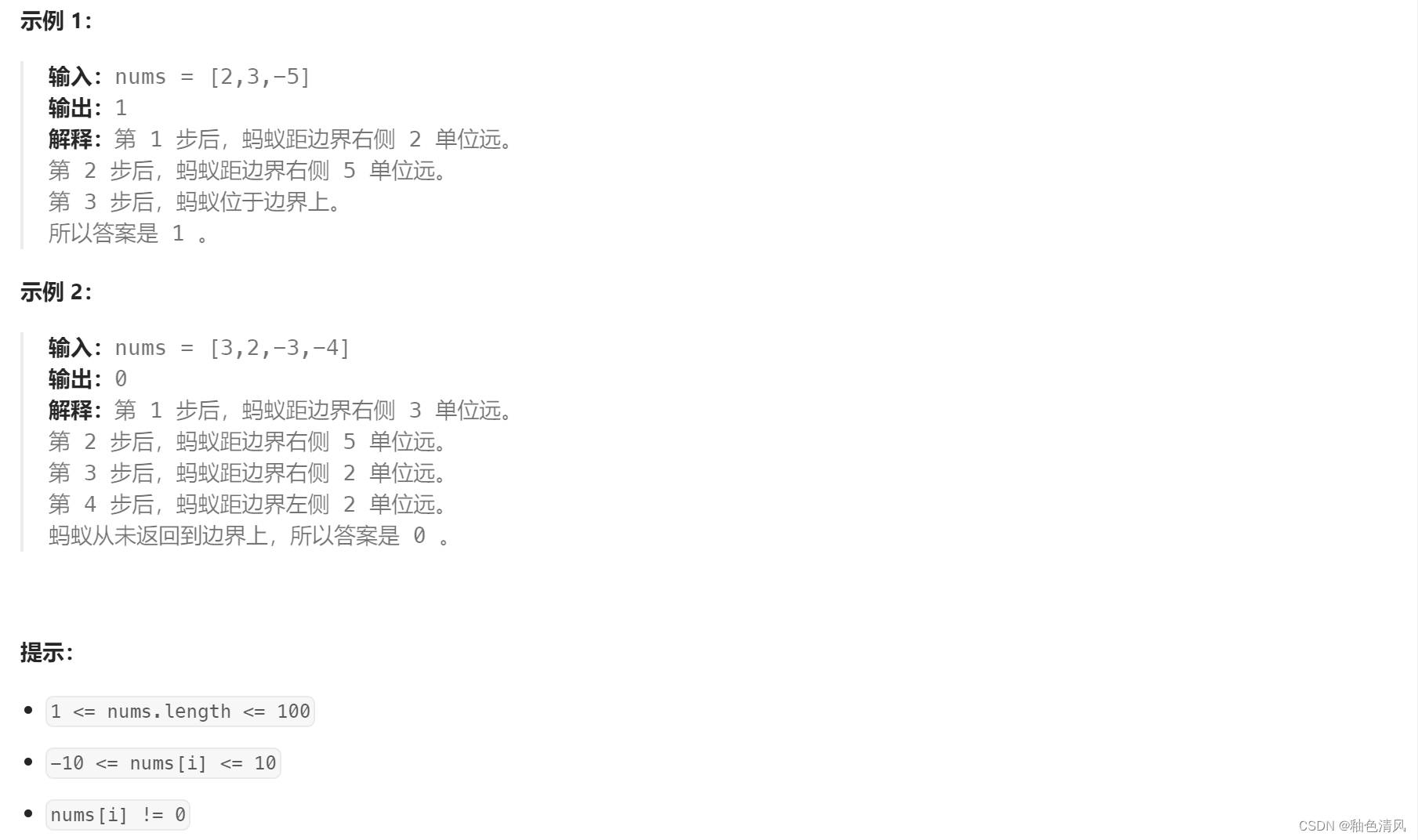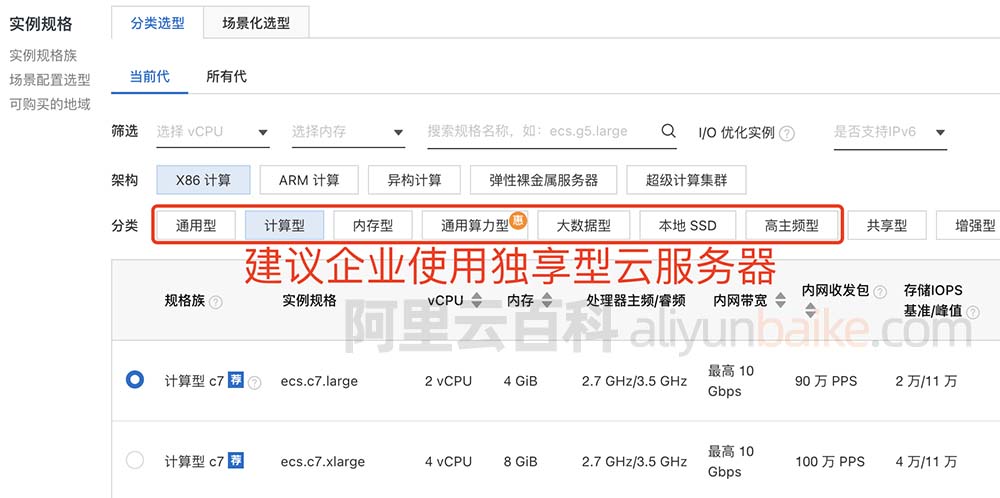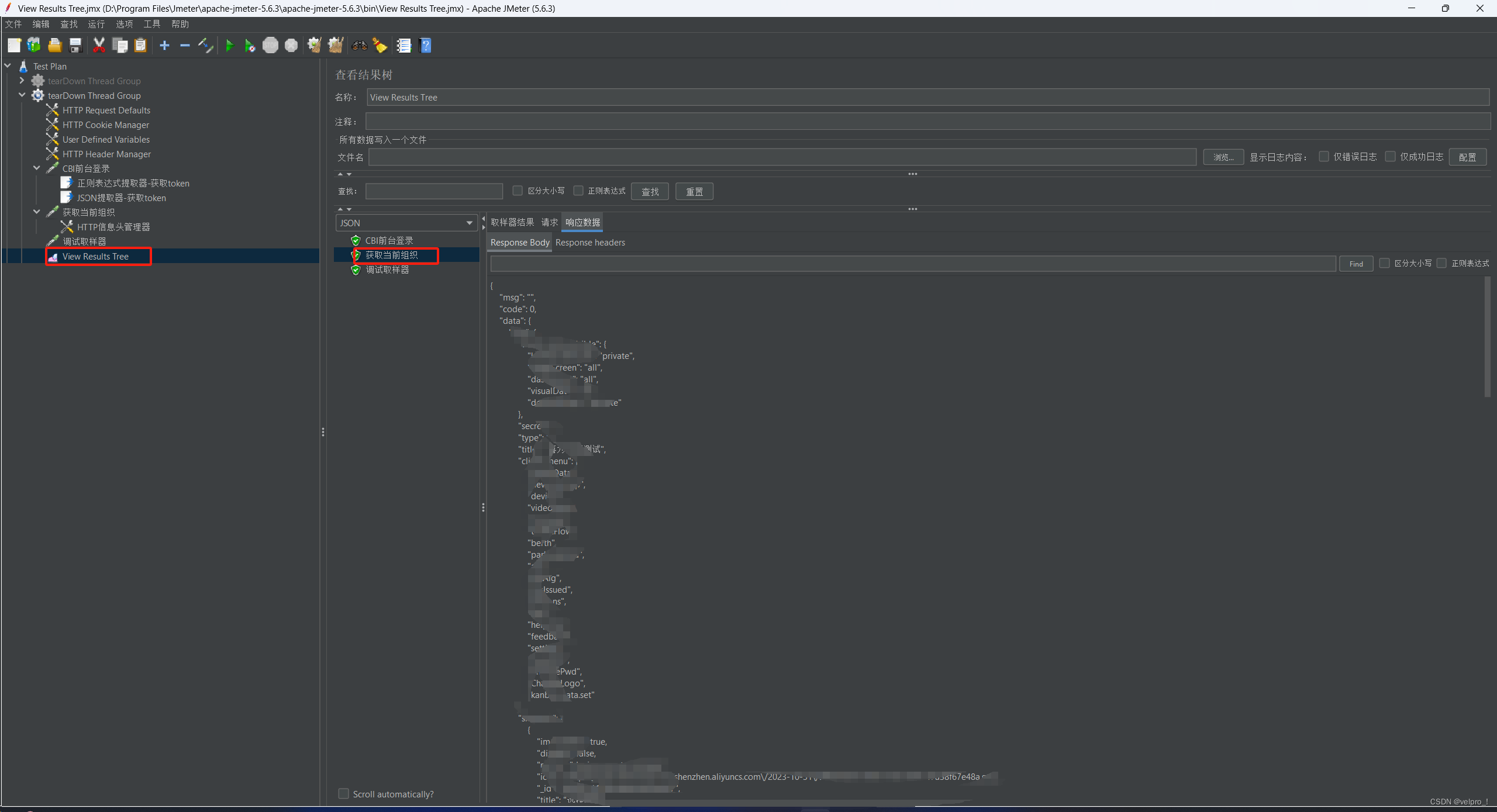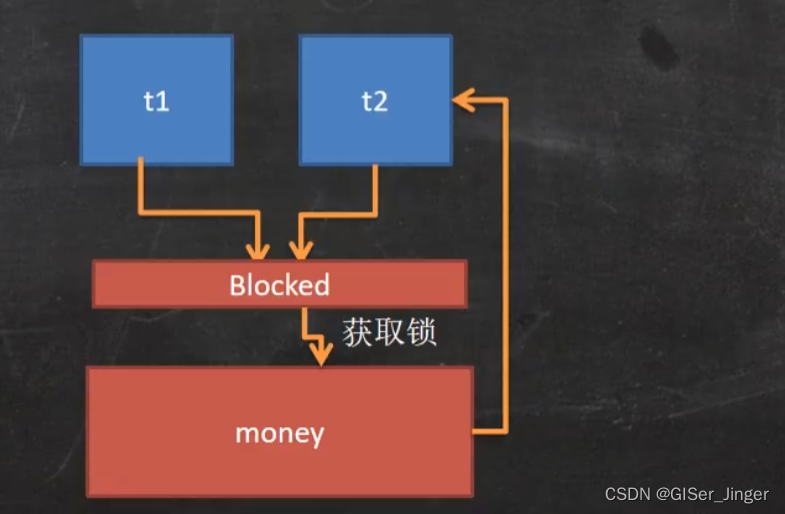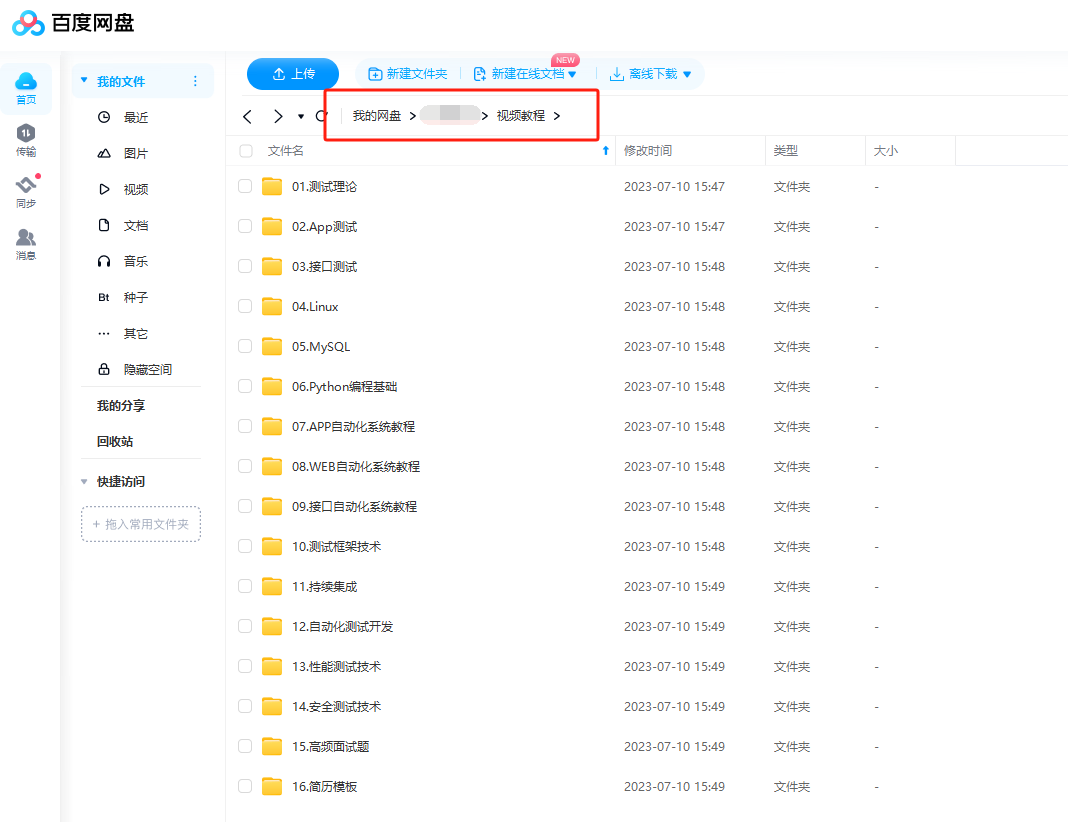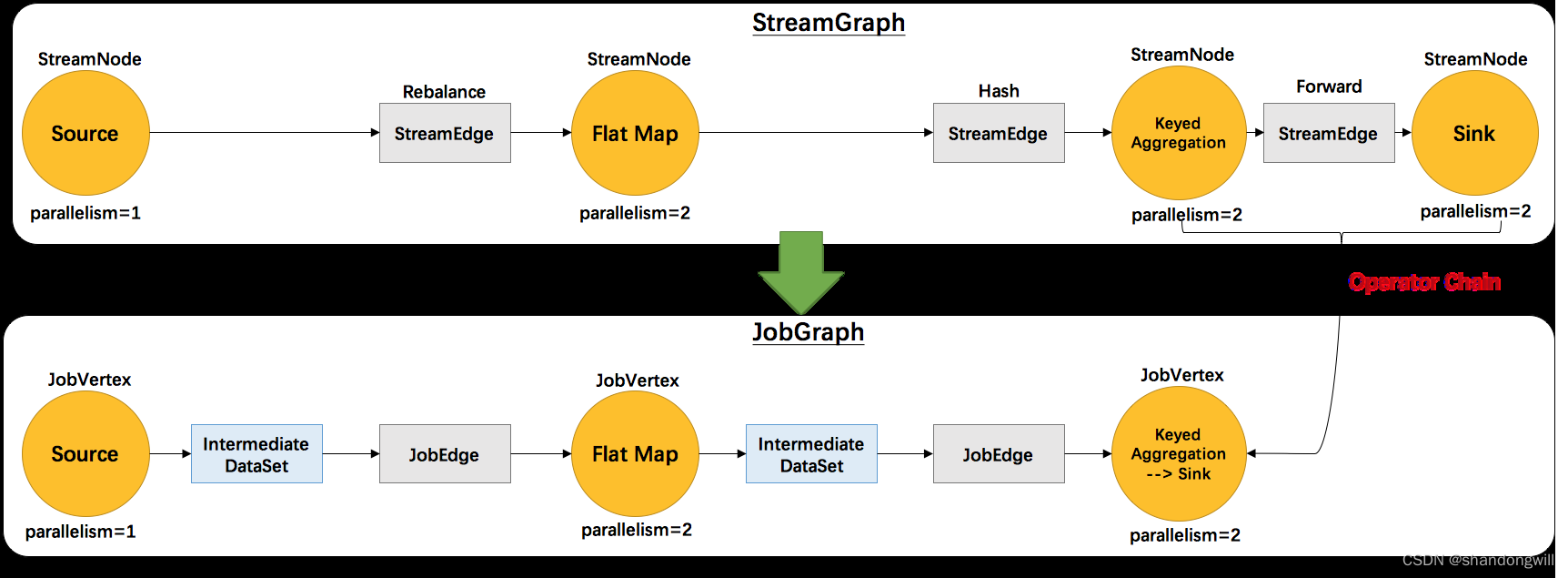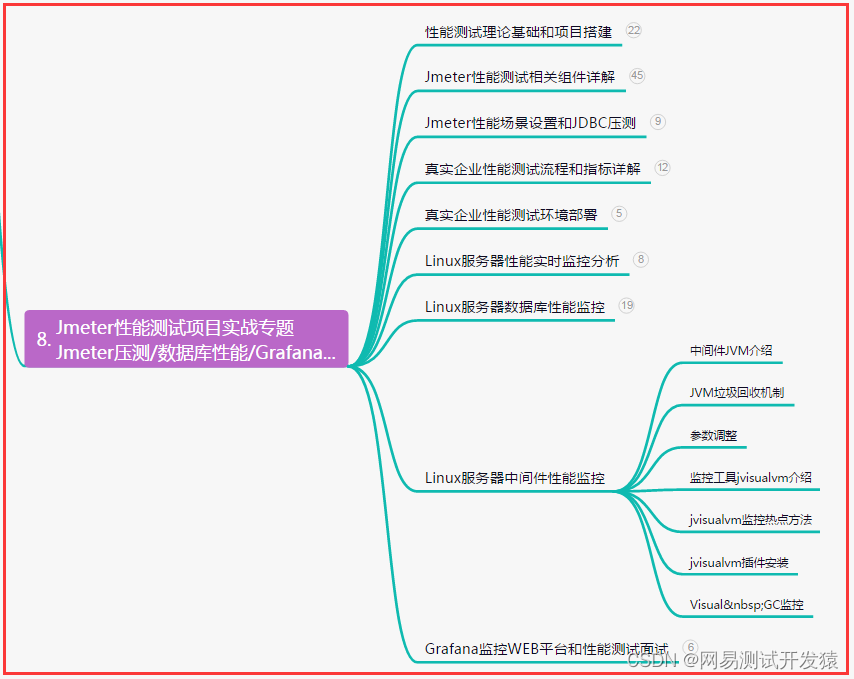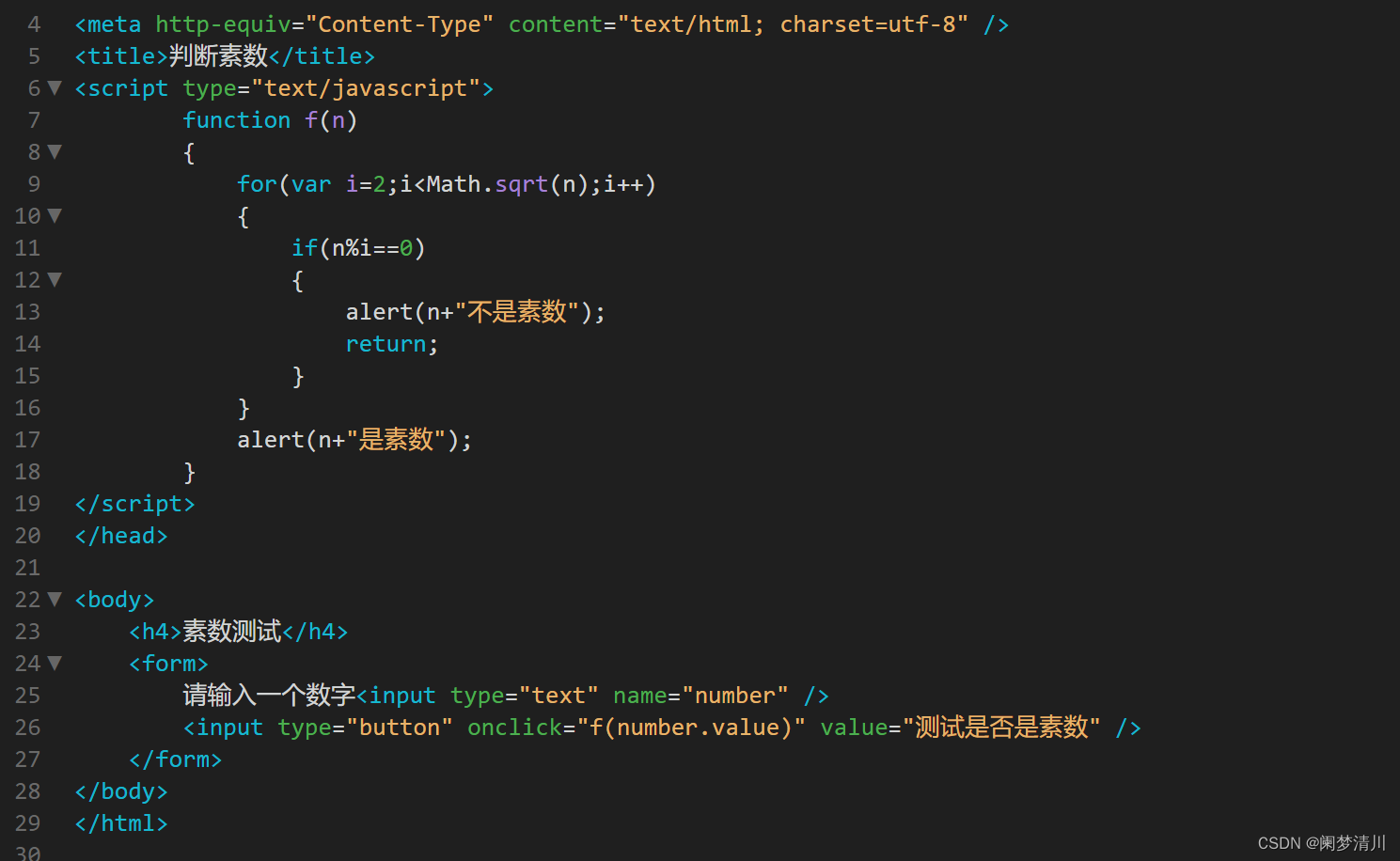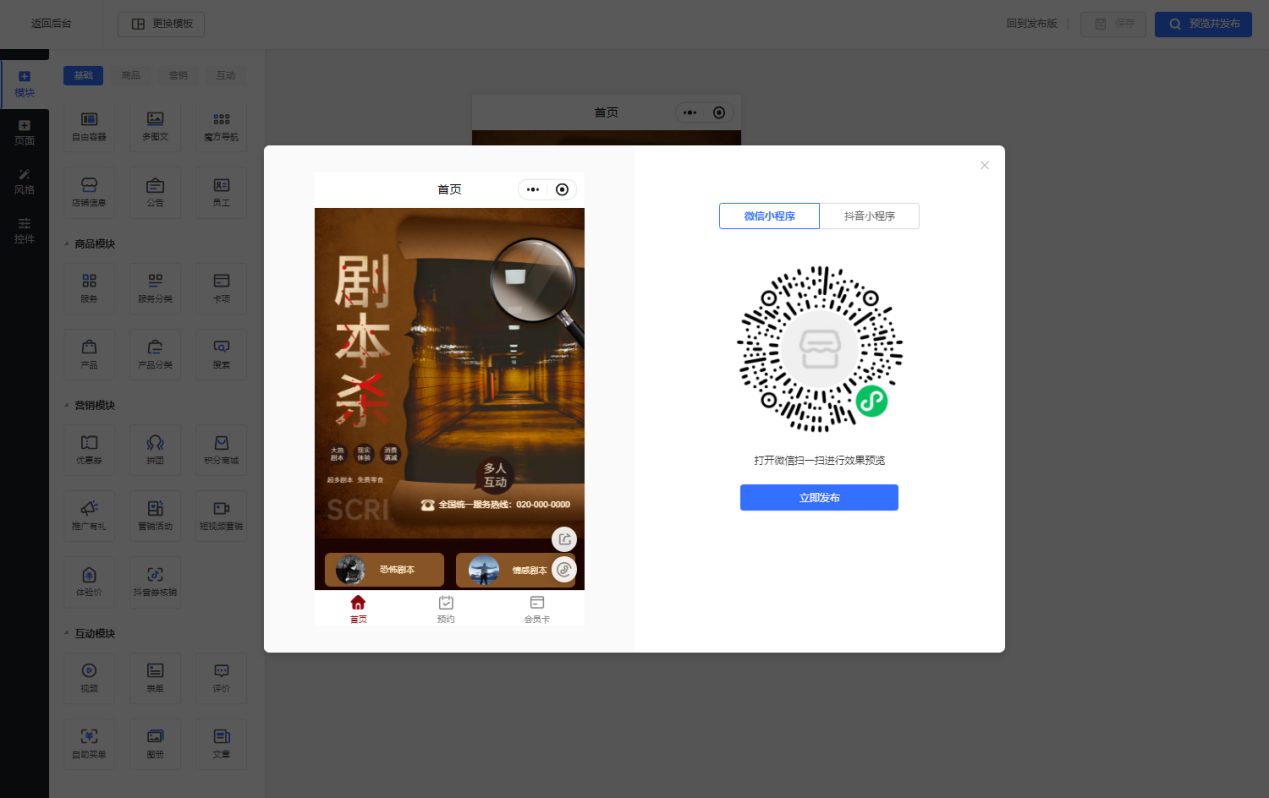https://www.aqistudy.cn/
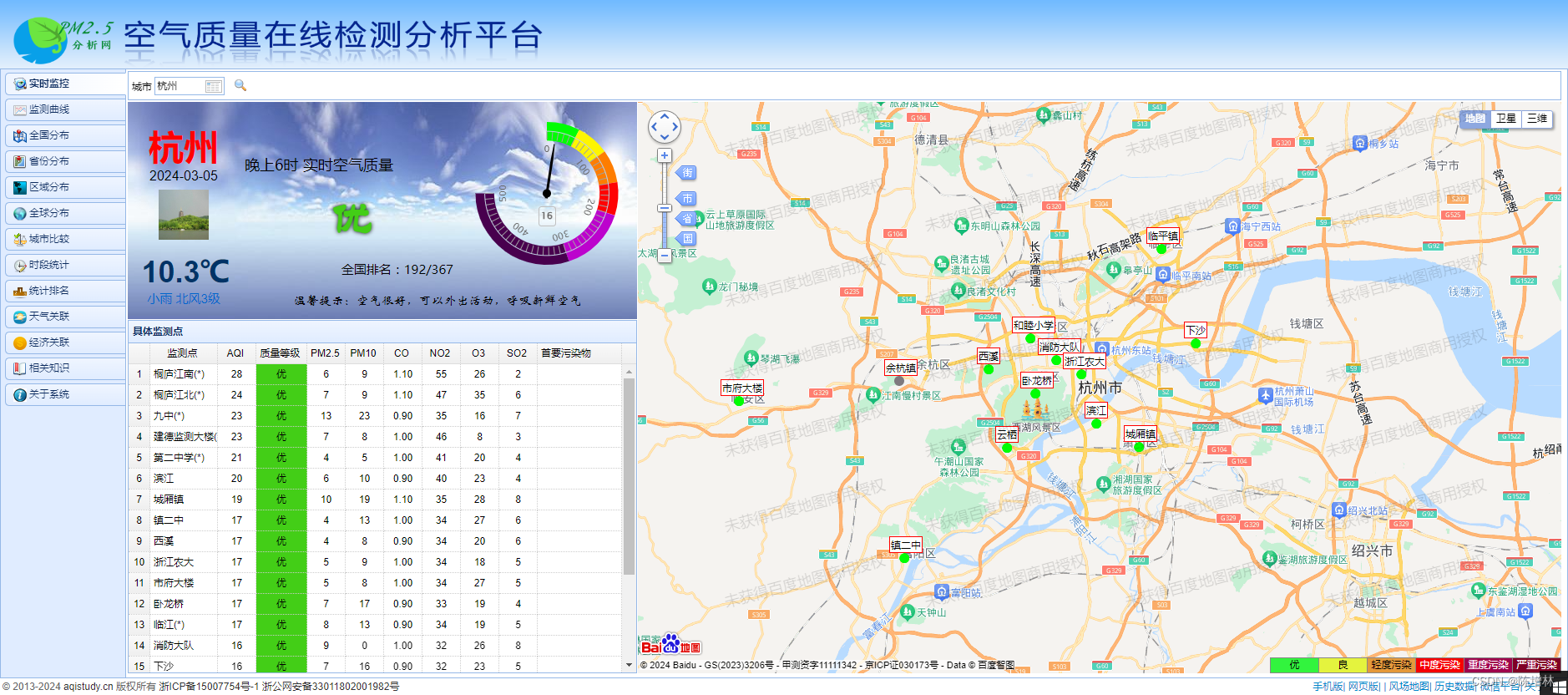
爬取指定城市在指定时间范围内的空气质量数据,并将数据保存为CSV文件。它首先从两个文本文件中读取城市信息和代理IP信息,然后提示用户输入爬取的起始年份、结束年份、起始月份和结束月份。接下来,它启动了Chrome浏览器的调试服务,并创建了一个Chrome驱动,用于自动化地访问指定的网页。之后,它定义了一个函数crawl_aqi_data(),用于爬取指定城市、指定年份和月份的空气质量数据,并将数据保存到本地文件。最后,它循环遍历所有城市和时间段,调用crawl_aqi_data()函数来完成数据爬取任务,完成后关闭浏览器,并输出"数据爬取完成。"
import os
import time
import subprocess
import pandas as pd
from selenium import webdriver
from selenium.webdriver.common.by import By
from fake_useragent import UserAgent
import random
# 读取城市信息
with open("city.txt", "r", encoding="utf-8") as file:
cities = [line.strip() for line in file if line.strip()]
ips =[]
with open('ip.txt', 'r') as f:
for line in f:
ip = line.strip()
ips.append(ip.strip())
# 输入爬取的起始年份、结束年份、起始月份和结束月份
start_year = int(input("请输入起始年份: "))
end_year = int(input("请输入结束年份: "))
start_month = int(input("请输入起始月份: "))
end_month = int(input("请输入结束月份: "))
# 启动Chrome浏览器调试服务
subprocess.Popen('cmd', shell=True)
subprocess.Popen('"chrome-win64\chrome.exe" --remote-debugging-port=9222', shell=True)
# 创建Chrome驱动
chrome_options = webdriver.ChromeOptions()
chrome_options.add_experimental_option("debuggerAddress", "localhost:9222")
chrome_options.add_argument('--headless')
chrome_options.add_argument('--disable‐gpu')
chrome_options.add_argument('--proxy-server=http://' + random.choice(ips))
chrome_options.add_argument(f"user-agent={UserAgent().random}")
driver = webdriver.Chrome(options=chrome_options)
def crawl_aqi_data(city, year, month):
# 构建URL
url = f"https://www.aqistudy.cn/historydata/daydata.php?city={city}&month={year}{month:02}"
# 打开URL
driver.get(url)
time.sleep(2) # 等待页面加载完成
# 创建目录
folder_path = os.getcwd()+f"\data\空气质量/{city}/{year}年"
if not os.path.exists(folder_path):
os.makedirs(folder_path)
# 读取数据并保存到DataFrame
rows = driver.find_elements(By.CSS_SELECTOR, ".row tr")
data = []
for row in rows:
row_data = [cell.text for cell in row.find_elements(By.TAG_NAME, "td") if cell.text]
if row_data:
data.append(row_data)
# 将数据转换为DataFrame
df = pd.DataFrame(data)
# 保存DataFrame为CSV文件
file_path = f"{folder_path}/{year}年{month:02}月.csv"
df.to_csv(file_path, index=False, encoding="utf-8")
# 循环爬取指定城市、指定时间段的数据
for city in cities:
for year in range(start_year, end_year + 1):
for month in range(start_month, end_month + 1):
crawl_aqi_data(city, year, month)
# 关闭浏览器
driver.quit()
print("数据爬取完成。")
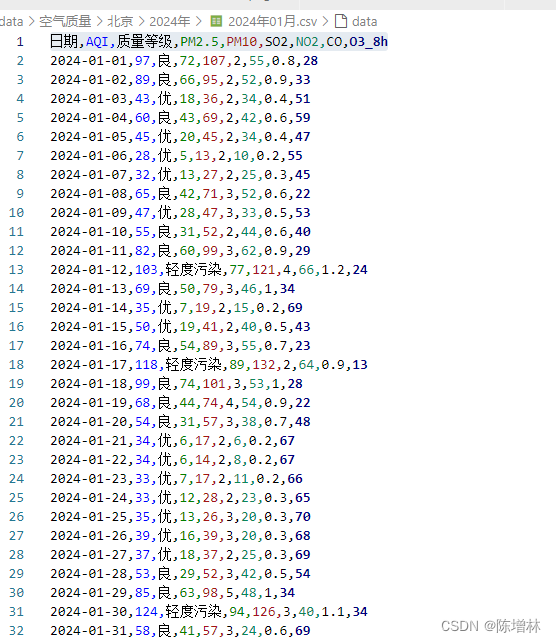
数据可视化
import os
import pandas as pd
import matplotlib.pyplot as plt
# 指定数据文件夹路径
data_folder = os.path.join(os.getcwd(), 'data', '空气质量')
# 设置中文显示
plt.rcParams['font.sans-serif'] = ['SimHei']
plt.rcParams['axes.unicode_minus'] = False
# 读取CSV文件并加载数据
def load_data(file_path):
if os.path.exists(file_path):
if os.stat(file_path).st_size == 0:
print(f"File '{file_path}' is empty.")
return None
df = pd.read_csv(file_path)
return df
else:
print(f"File '{file_path}' does not exist.")
return None
all_df=[]
# 遍历天气目录下的城市数据
for city_name in os.listdir(data_folder):
city_dir = os.path.join(data_folder, city_name)
if os.path.isdir(city_dir):
# 遍历城市文件夹下的所有 CSV 文件
for year in os.listdir(city_dir):
year_dir = os.path.join(city_dir, year)
for csv_file in os.listdir(year_dir):
if csv_file.endswith(".csv"):
# 构建文件路径
file_path = os.path.join(year_dir, csv_file)
# 加载数据
df = load_data(file_path)
# 添加城市列
df['城市'] = city_name
all_df.append(df)
df = pd.concat(all_df, ignore_index=True)
# 可视化显示
plt.figure(figsize=(10, 6))
plt.plot(df['城市'], df['AQI'], marker='o', color='red', linestyle='-')
plt.xlabel('城市')
plt.ylabel('AQI')
plt.title('各城市空气质量对比')
plt.xticks(rotation=90) # 旋转x轴标签,以便更好地显示城市名
plt.grid(True) # 显示网格线
plt.tight_layout() # 调整布局,防止标签重叠
plt.show()
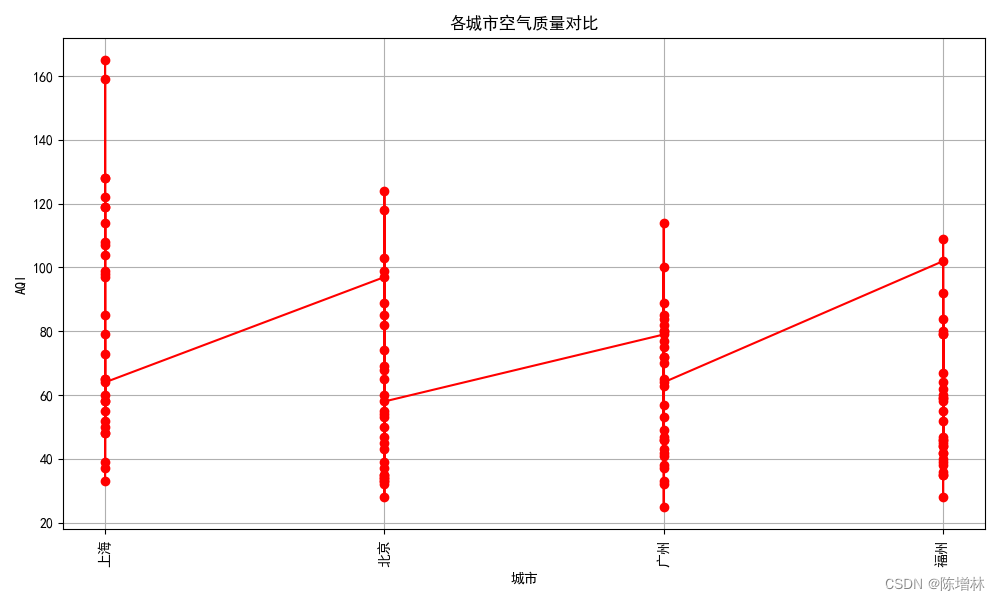
应该改成日期横坐标,算了
